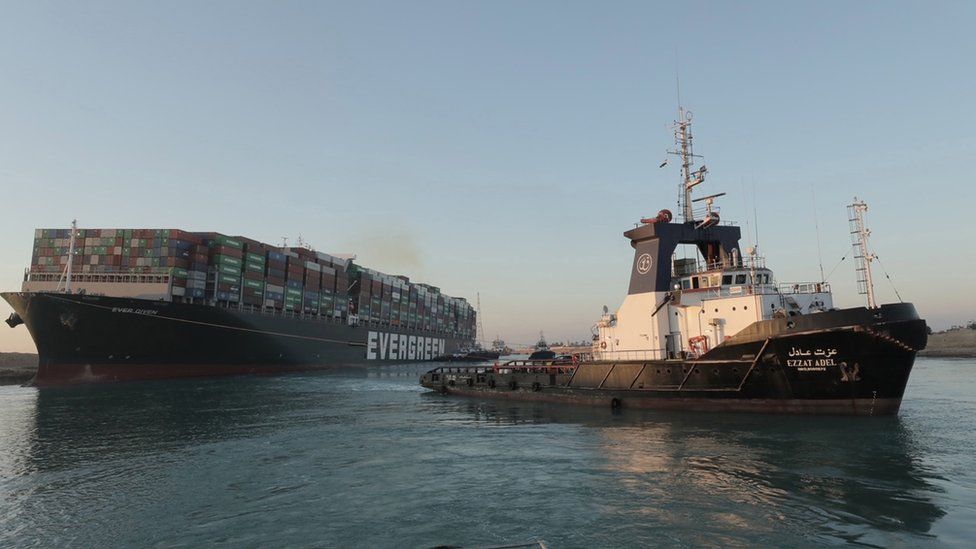This article is more than
8 year oldWere EgyptAir Flight 804 Pilots Killed Before They Could Send a Mayday?
Among the many questions raised by the EgyptAir Flight 804 tragedy, the most perplexing concerns one thing that did not happen: Why was there no Mayday distress call f-rom the pilots?
Experts are struggling to interpret and explain the seven brief bursts of data sent via satellite f-rom the airplane that describe a cascade of mechanical failures ending with the loss of primary controls. Some kind of explosion involving smoke and fire at the front of the cabin is indicated but not in enough detail to give an understanding of the cause.
Like most modern jets the Airbus A320 is “fly-by-wire,” meaning that none of its controls is operated by direct physical input f-rom the pilots as in the days of “seat of the pants” aviation. Normally all control passes through the flight management system and is dependent on computers. Even when the autopilot is disengaged and the airplane is flown “manually” bypassing the computers, the control surfaces are activated electronically.
(On Airbus airplanes the pilots use sidesticks similar to those on a video game to send commands while Boeing retains the traditional “yoke” centered in front of the pilots replicating the joystick of older generations—although the system is still “fly-by-wire.”)
Whatever happened to the Airbus within a very few minutes it essentially fried the computers and command system and rendered the controls inoperable, something never seen before in a modern jet.
What did actually happen in that cockpit cannot be known until the main parts of the airplane, together with its flight data recorders, are found. That is likely to be a prolonged and extremely arduous operation.
The debris so far recovered is poignant in its connection to passengers—an unused life vest, pieces of luggage, part of a seat—but is far too fragmentary to offer any clues to what happened.
It also offers no guidance to whe-re the actual crash site is. The light debris was carried rapidly on currents away f-rom whe-re it must have first appeared.
Unless substantial pieces of the Airbus A320 are found still on the surface—and there is so far no sign of that—the bulk of the wreckage that holds the key to what destroyed the airplane will be lying as far as 10,000 feet down on the seabed.
A French vessel equipped for undersea searches and wreck retrieval has left the port of Toulon and should arrive in the area by Monday (the French have long been leaders in underwater exploration), and the Egyptians are deploying a submarine used for undersea geological surveys for oil.
Just how formidable is the search going to be? As it happens, there is a way of demonstrating the many challenges involved because of an eerie coincidence.
On Dec. 28, 2014 an identical jet, an Airbus A320 flown by AirAsia, fell f-rom 37,000 feet—the height at which the Egyptian jet was cruising—into the Karimata Strait, in the Java Sea, with the loss of 162 lives. (The pilots had pulled a circuit breaker not meant to be touched in flight and disengaged the autopilot, and then lost control.)
The AirAsia jet had not been structurally compromised in its dive and did not break up until it hit the water. Although we now know that the EgyptAir jet’s controls were fatally disabled there is no indication that it broke up in the air.
The dynamics of the way both airplanes dived toward the ocean were similar but exactly how they hit the water would not necessarily be the same. In any event, the heaviest parts, including the main fuselage, would instantly sink and they happen to be the most essential for investigators to reach.
The search for the AirAsia jet should have been relatively easy. After two days pieces of wreckage were spotted floating near an island whe-re the water was less than 100 feet deep. Within a week divers located more debris underwater, but there were strong currents and heavy silt restricted visibility.
And so, even though the site was quickly found and accessible, recovery was still prolonged and difficult. It was another two weeks before the largest part of the wreck, most of the fuselage with one wing still attached, was discovered, followed soon afterward by both the flight data recorder and the cockpit voice recorder.
Finding the EgyptAir jet is a task of an altogether greater magnitude. This is not the Mediterranean of tourist brochures: warm, limpid, and inviting. The great depth means the intense darkness of the abyss and the presence of a lot of turbulence—right now, for example, the weather has deteriorated and there are rough seas.
This all makes it unlikely that signals f-rom the locator beacon on the airplane’s flight data recorder will be easily detected. As I have earlier reported, this device is grossly inadequate for conditions like these, and with a battery life of only 30 days there is a pressing deadline to find it.
Keywords

Newer articles
<p>Taylor Swift has resumed her massive Eras tour - but one photo from her latest show has sparked condemnation on social media.</p>
Island nation erupts into violence, three dead
Sean 'Diddy' Combs asks judge to reject lawsuit alleging rape of 17-year-old girl in 2003
Ukraine finds itself in a grave situation. Russia appears to be advancing
Ellen to make TV comeback after two years
Will Zionism survive the war?
How the West's plan to punish Russian oil backfired
Putin’s choice of new defence minister shows he’s preparing for confrontation with the West
U.S. threats led to rupture of vital military ties, Nigerien leader says
Putin's Preparing Better Than Us for a Long War



